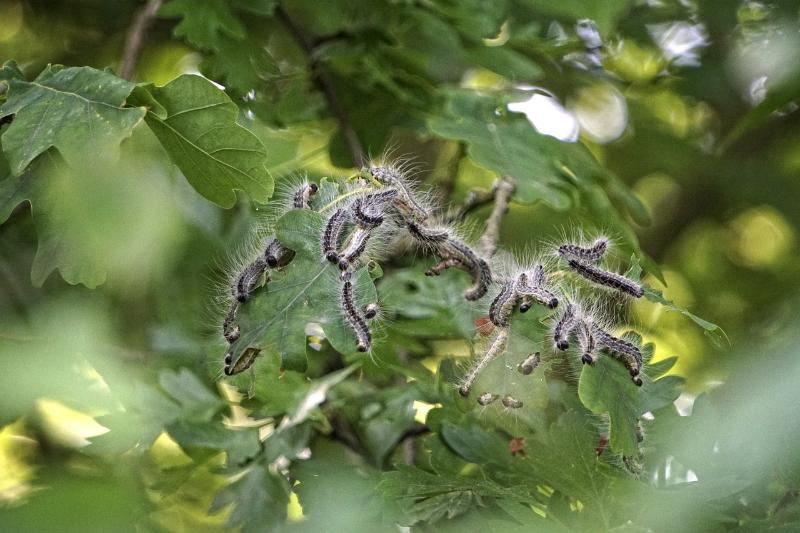
Reminder: Oak processionary moth (OPM) legislation and webinar
On May 24 2023, legislative changes will be implemented which may affect your industry or personal circumstances. Therefore, it is important to become familiar with these new rules and understand how they may impact you or your company.
Latest OPM rules
Webinar Registration
Association members are responsible for planting large oak trees are urged to familiarise themselves with new legislation due to come into force on 24 May 2023, which will affect the movement of large oak trees (with a girth of 1.2m above the root collar of more than 8cm) within OPM management zones.
The OMP management zones are as follows:
Pest free area
This area is officially designated free from pests and covers most of the country.
Buffer zone
In this area, there is an annual OPM programme of surveillance and control, led by the Forestry Commission. If you own an infested oak tree in the buffer zone, the Forestry Commission may issue you with a Statutory Plant Health Notice (SPHN) asking you to take action. In most cases, support will be available from the Forestry Commission for the treatment of trees within this zone.
Established area
This is the area where OPM is established in the South-East of England. In this area, the landowner is responsible for the management of OPM on their land.
Note: OPM management zones were updated during March 2023, to reflect the wider coverage of oak processionary moth in England.
The location of all OPM management zones can be reviewed either:
As a map
As a list of local authorities and wards
From 24 May 2023, the movement of large oak trees will be subject to the following rules:
- No movement is permitted from the established area into the buffer zone
- No movement is permitted from the established area or buffer zone into a 10km exclusion zone at the outer edge of the buffer zone boundary
Movement of large oak trees within the established area, or into the established areas from the buffer zone, is permitted provided the following two bio-security requirements are met:
- Professional operators meet Plant Health Management Standards or can provide a Ready to Plant approval from Fera Science Ltd
- Accurate records of the contact details of those receiving large oak trees are kept
Large oak trees are permitted to move within the buffer zone if they meet two additional bio-security requirements:
- Professional operators must have a robust control regime in place with appropriate application of phytosanitary treatments in line with Defra’s technical guidance. Records of all treatment applications must be kept for a minimum of 3 years.
- Post-planting inspections – A proportion of high-risk large oak movements within the buffer zone will be subject to post-planting inspections by plant health inspectors.
The biosecurity requirements will not apply if the large oak trees are in transit for less than 48 hours before moving to the final planting site. You must still record the final destination of the large oak trees for tracing purposes.
The biosecurity requirements will also not apply if the large oak trees you want to move have been grown throughout their entire life with complete physical protection against the introduction of OPM and have been inspected at appropriate times and found to be free.
Webinar
Ahead of proposed legislative changes due to come into force on 24th May 2023, Defra are offering a free webinar to explain the changes likely to affect professional operators responsible for growing, purchasing, holding or planting large oak trees.
The webinar will last for one hour and cover the following topics:
- What is OPM and what are the risks?
- The current situation in GB
- What signs and symptoms to look out for
- Restrictions on professional operators for imports and movement of oak trees, including upcoming changes and preparing for 2023
- What to do if you find OPM on oak trees
Click here to book your place.
